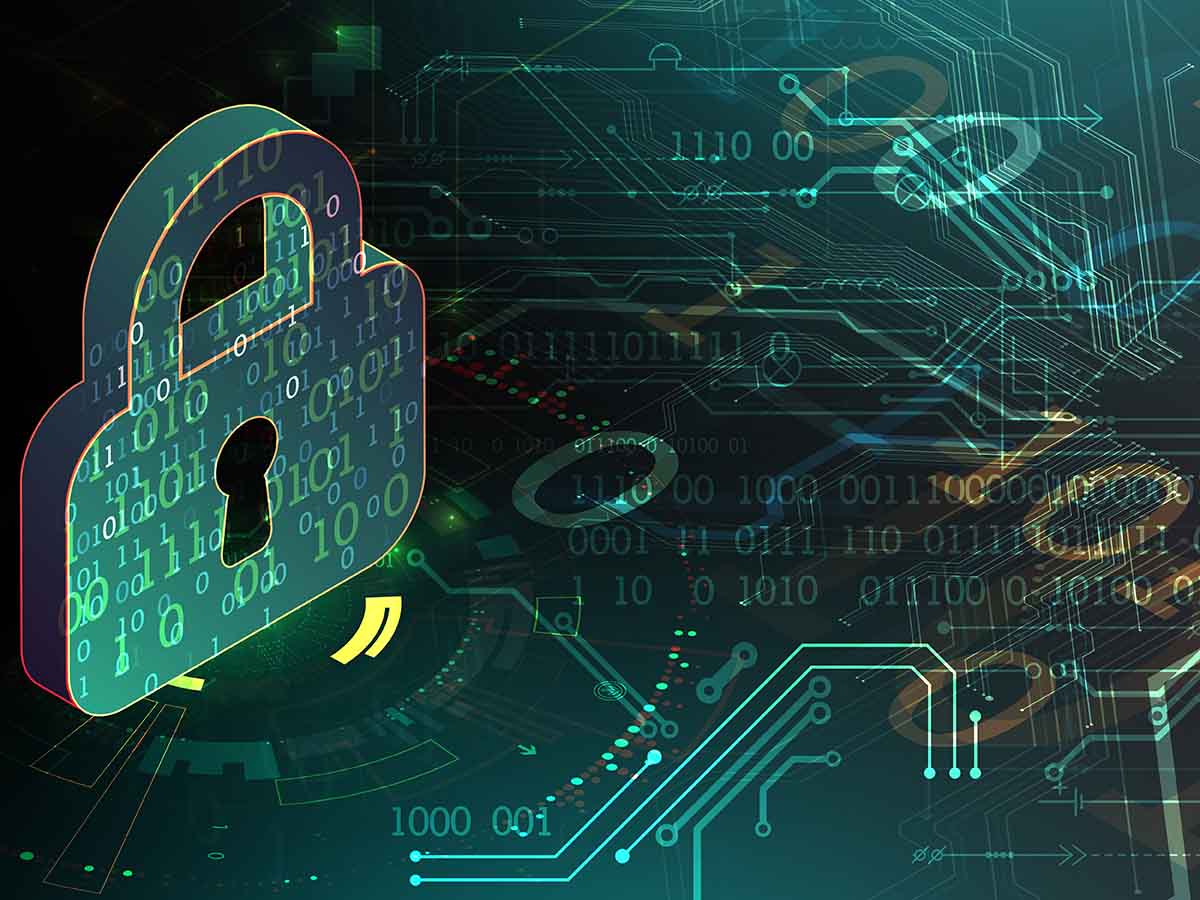A Subnet Mask is a number that defines the range of IP addresses that can be used within a specific network. It operates by separating the IP address into the network address and the host address, allowing data packets to be routed within a network or outward to different networks. For example, if your network’s Subnet Mask is 255.255.255.0, it means you can have devices with IP addresses from the same network ranging from 0-255.
Subnet Mask Examples
#1. Office Network
A perfect example of subnet mask usage can be seen in an office set-up where all computers or devices are interconnected and use the same internet connection. The subnet mask in this scenario ideally could be 255.255.255.0. Here, this number essentially means that devices on this network will share IP addresses. These IP addresses, in most cases, have the same first three numbers, but the last digit (0-255) varies.

Stay One Step Ahead of Cyber Threats
In simpler terms, think of an office that has devices counting 50, and each needs to be connected to the internet. With the adopted subnet mask (255.255.255.0), your IT admin can easily assign unique IP addresses to every device from the same network. The main advantage here is that this subnet mask allows easy differentiation of each device within the tens of devices in the same network. This promotes efficient data routing and a seamless communication flow among devices.
#2. University Network
In larger networks, such as a university, the scope and complexities of managed devices require extensive customization of the IP addresses. A suitable subnet mask for this situation could be 255.255.0.0. With this subnet mask, the management has the liberty to allocate a wide range of IP addresses, maintaining the first two parts constant while varying the last two parts, allowing them to segment the network efficiently.
For example, different faculties or departments can be assigned their unique IP ranges, which aids in effective administration and data routing. The computer science department might have IP addresses that vary in the third part of the address, while the humanities department might have a different variation. It resembles having smaller networks within one large network, therefore providing a hierarchical and organized structure to network management.
#3. Residential Network
A common application of subnet masks can also be found in residential setups, usually involving small-scale networks. Most residential routers use a subnet mask of 255.255.255.0 by default. This allows for a variety of domestic devices, like laptops, smartphones, and smart TVs, each to have a unique IP address within the network.
For instance, each device in your home that is connected to the same internet source will have a unique IP address to identify it on the network. The first three parts of these addresses will be the same, representing your specific network, while the last number will be unique to each device. This setting works well in homes where the number of devices is not overly large, keeping the network organized and easily manageable while ensuring that each device can communicate effectively.
Conclusion
Overall, Subnet Masks provide a systematic way of organizing IP addresses within networks, whether small-scale, like in a home, or large-scale, such as in a university. By enabling effective communication among devices and efficient data routing, these numeric identifiers play a crucial role in maintaining the smooth operation of both small and large-scale networks.
Key Takeaways
- A Subnet Mask is a numeric identifier that separates an IP address into a network address and the host address. This aids significantly in data routing.
- Subnet Masks, such as 255.255.255.0, are common in smaller networks like those found in office environments or homes, uniquely identifying each device on the network.
- In larger networks like universities, more complex subnet masks like 255.255.0.0 are often used to manage and segment the network into sub-networks efficiently.
- Subnet masks help maintain an organized structure within a network, enhancing the effectiveness of communication among devices.
- By specifying ranges of assignable IP addresses, subnet masks essentially lay the foundation for interactions between various devices within a network.
Related Questions
1. What happens when two devices on the same network have the same IP address?
This situation is known as an IP address conflict, and it usually results in network issues. Both devices may have problems connecting to the network or the internet because the system cannot uniquely identify each device.
2. Do all devices within a network need to have the same Subnet Mask?
Yes, for devices in the same network to communicate effectively with each other, they need to be configured with the same Subnet Mask.
3. Why can’t all devices have the same IP address?
Each device within a network needs a unique IP address. This unique address allows systems to route data correctly and ensures that when information is sent, it reaches the correct device.
4. Can I change my subnet mask?
Yes, subnet masks can be changed, but one must be careful as it can result in network misconfiguration if not done correctly. It’s typically changed to create sub-netting and make more efficient use of the IP address space.
5. What’s the difference between a Subnet Mask and a Gateway?
A Subnet Mask helps in identifying the network portion of an IP address, while a Gateway serves as an access point from one network to another network. Your gateway is typically the address of your router, and it allows for data to transfer between networks.
"Amateurs hack systems, professionals hack people."
-- Bruce Schneier, a renown computer security professional






